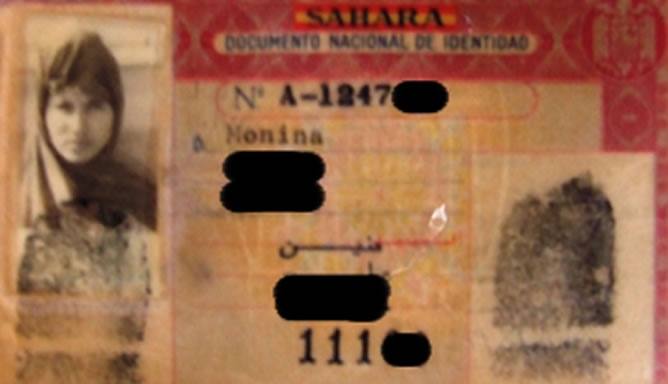
She is usually right but when she errs it is a big one. It also provides more protection to the ruins that unfortunately, occasionally are vandalized.įrom Hovenweep we headed for Farmington via back roads, with me constantly having heated arguments with the GPS navigator I choose to call “The NUVI lady”. That said, the loop hike along the rim that has been developed, the excellent visitors’ center, and the helpful rangers - make a visit and hike worthwhile. No longer are you allowed to hike down into the canyon floor beside Square Tower ruin.
Pacific bell white pages california movie#
On the last trip I filmed my wife and our kids hiking the area with a VHS movie camera.īut now, Ed and I drove his comfortable Jeep on paved roads all the way to a large modern well staffed visitors’ center at Hovenweep, where the trail out to Castle ruin is paved. We hiked down into the canyon to square tower ruin. In the 70s the Edge of the Cedars was just a dirt trail to an overlook and pour over by some cliff dwellings.īack then, we had driven miles of dirt road to Hovenweep, to an unmanned small ranger’s station and parked right next to Castle ruin. I kept shaking my head at all the changes that had taken place over the years since my wife and I made trips to the area. We visited the modern “Edge of the Cedars” Native American museum at Blanding then drove to Hovenweep National Monument. Here we had one of the best meals on the trip (Homestead Steakhouse). We retraced our route down the side of the Abajo Mountains (Abajo translates to “under” in Spanish), then on to Blanding, Utah.

A newer car had been left in the middle of the road, where they had become stuck. Returning to Forest Road 174 we almost made it to the summit, when we ran into snow on the road too deep to tackle. At a “T” we turned right to a small frozen lake set in an aspen grove (Shay Road to Aspen Flat). Years ago, my wife and I had traveled into the Needles district with our four wheel drive Isuzu Trooper, driven the sand wash down Salt Creek and Horse Canyon to hike to Fortress and Castle Arch.Įd and I decided at Newspaper Rock to back track a short ways and try a paved “loop” route into Monticello. We took a short trip west into the start of the Needles district of Canyonlands NP to see Newspaper Rock. We left Moab Thursday morning and headed for Farmington, New Mexico.
Pacific bell white pages california windows#
Amazing to gaze through the same windows they did and try to imagine the lives that they led.ĭay Four was pretty much a “travel” day on this road trip. Most of the buildings you see when you take the loop hike were constructed in the 1200’s. Turquoise and fine pottery may have been their primary trade exchange items. Turquoise, sea shells, macaw feathers, and copper bells have been discovered at many of the sites.

Like the Chaco people, they had access to far off trade goods from the Pacific and Mexico. These people grew corn, beans, squash and amaranth (grain). This is where the turquoise came from that was found in such abundance at Chaco Canyon….a stone very important to the ancient ones and modern day Pueblo people.Īt Hovenweep there are holes in the outside walls of many of the buildings designed to direct a shaft of light to a particular niche or place on a plaster wall in the interior to mark important celestial events (summer and winter solstices). If you read this book, you will also see why I had such an interest in traveling the Turquoise Trail and visiting Cerrillos, New Mexico. Buy and read the book: People of Chaco by Frederick Frazier before you visit Hovenweep or Chaco Canyon for a good understanding of the fantastic history of the people, who built these structures and lived out their lives here. We took the rim trail loop which gives you a good look at the highly variable masonry buildings the Anasazi built.

An outlier of Chaco Canyon, it is a good place to get a feel for the architecture and “place” where the Anasazi briefly prospered, then moved and dispersed (becoming the Hopi, Zuni, and other modern Pueblo people of today). These photographs are from the Square Tower section of Hovenweep National Monument.


 0 kommentar(er)
0 kommentar(er)
